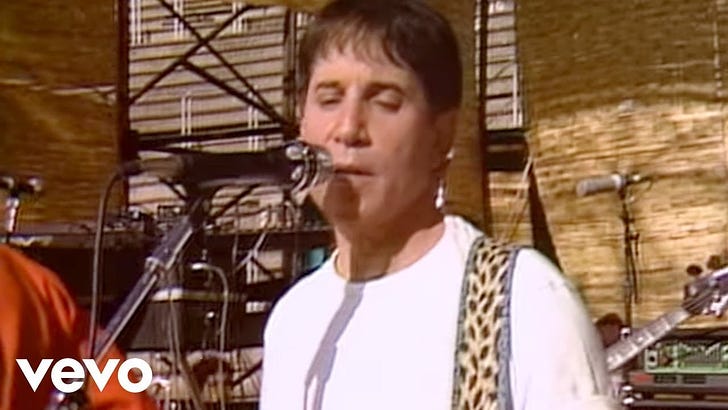People my age and older may remember a brief period in the early 1990s when acapella styles of music were in fashion. At least, they will probably remember the Philadelphia group, Boyz II Men, who scored several lengthy trips up the Billboard Hot 100 and inspired a generation of boy bands in the early 2000s.
Boyz II Men were not alone, though. Bobby McFe…
Keep reading with a 7-day free trial
Subscribe to All Kinds Musick to keep reading this post and get 7 days of free access to the full post archives.




